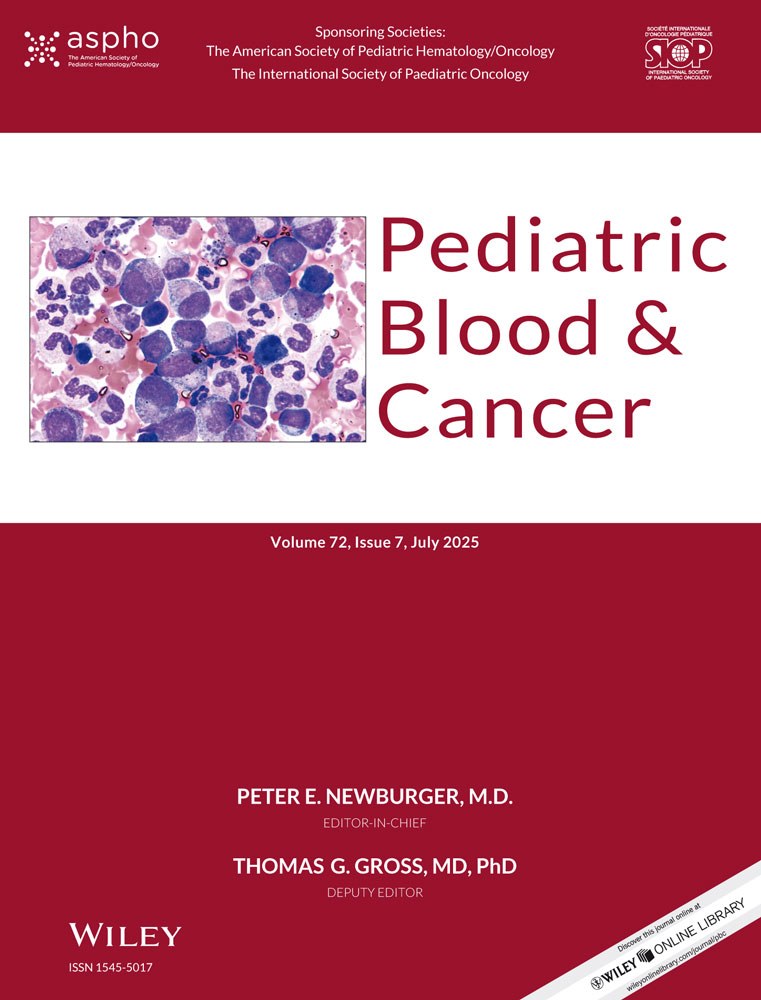Anemia in Young Children and the Association With Socioeconomic Deprivation Indices
Funding: The authors received no specific funding for this work.
ABSTRACT
Background
Anemia is a global and local child health problem, with consequences that include long-term neurocognitive deficits. This study aimed to determine the prevalence of anemia in young children living in an urban environment and evaluate associations with indices of geospatial deprivation, as measured by the Community Material Deprivation Index (DI) and modified Retail Food Environment Index (mRFEI). The DI uses census variables to capture socioeconomic disadvantage. The mRFEI assesses the ratio of healthy food retailers to all food retailers in a geographic area.
Procedure
This retrospective, cross-sectional study included a cohort of subjects aged 9 months to 6 years who had clinically indicated testing performed at Cincinnati Children's Hospital Medical Center's (CCHMC) clinical laboratories from 2017 to 2020. Residential addresses in the electronic health record were geocoded, geospatially joined to census tracts, and linked to DI and mRFEI values.
Results
Data were available for 13,234 children, with 39% residing in Hamilton County, where CCHMC is located. The prevalence of anemia ranged from 1.0% to 1.6% per year in Hamilton County during the study years. Anemia was significantly associated with living in an area with a higher DI: A 1% increase in the DI corresponded to a 0.2% higher prevalence of anemia (p < 0.001). A 1% decrease in mRFEI was associated with a 0.1% higher prevalence of anemia (p = 0.027).
Conclusion
Socioeconomic conditions are associated with anemia prevalence at a population scale. Geospatial indices of deprivation can aid in the identification of children at increased risk for anemia.
Conflicts of Interest
The authors declare no conflicts of interest.
Open Research
Data Availability Statement
The data are not publicly available due to privacy or ethical restrictions.




